高级二层区块链解决方案:提升性能,降低成本
 发布于2025-04-17 阅读(0)
发布于2025-04-17 阅读(0)
扫一扫,手机访问
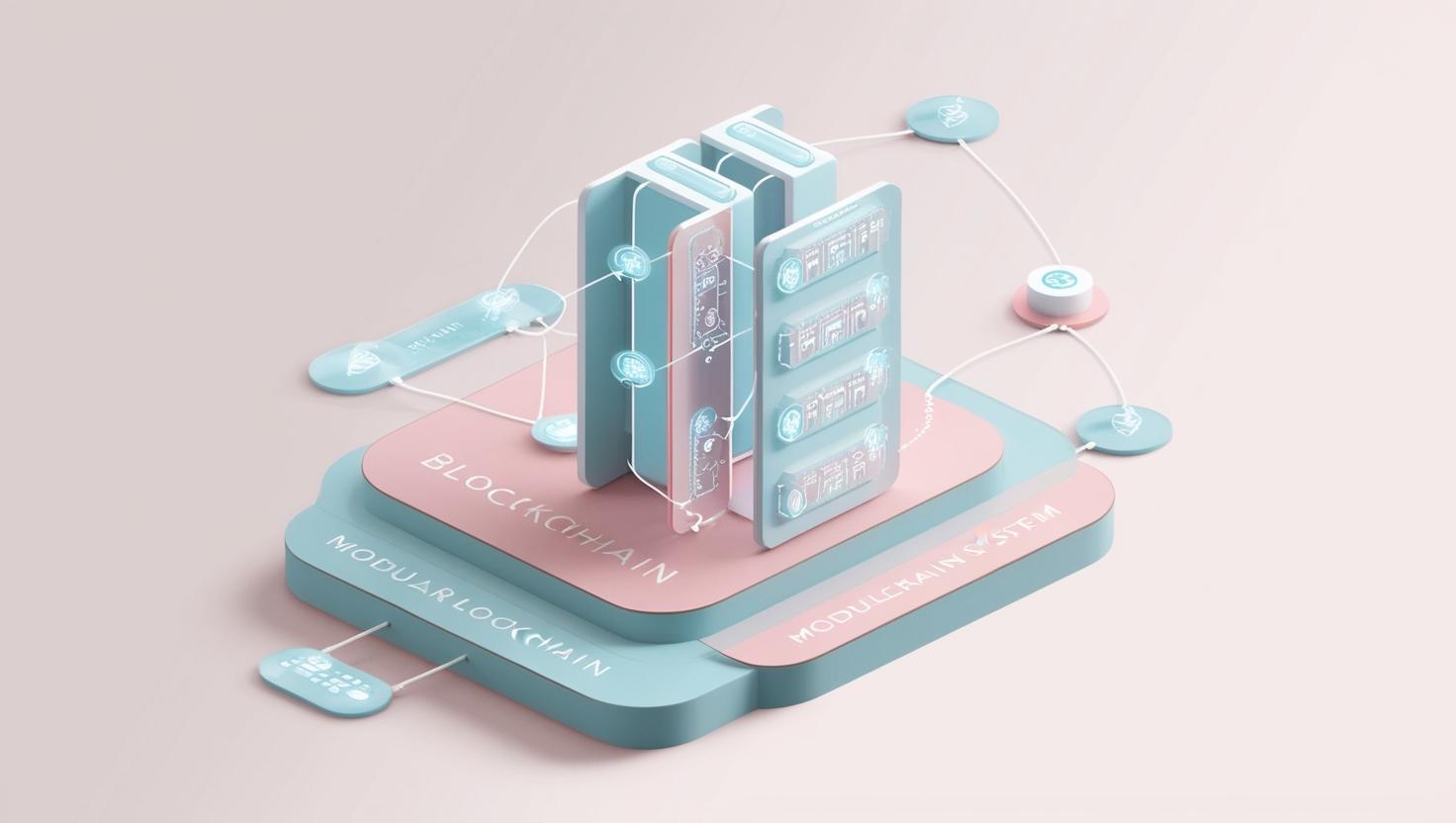
Layer-2 Scaling Solutions: Revolutionizing Blockchain Technology
The blockchain world is booming, but the underlying technology faces a significant hurdle: scalability. First-layer blockchains, while secure, often struggle to handle the sheer volume of transactions needed to support widespread adoption. This is where layer-2 (L2) solutions step in. These innovative protocols are built *on top* of existing blockchains, dramatically increasing transaction throughput and reducing latency without compromising the security of the base layer. As demand for decentralized applications (dApps) explodes, L2 solutions are becoming essential tools for both developers and users.
Understanding Layer-2 Solutions
Layer-2 solutions are essentially bridges built to enhance the transaction processing capabilities of existing blockchain networks. They achieve this by offloading some of the processing burden from the main, or base, blockchain. This is crucial as the growing popularity of dApps leads to congestion on first-layer networks. Several approaches exist, each with its strengths and weaknesses:
- State Channels: Multiple transactions occur off-chain, with only the final state being recorded on the main blockchain. Think of it like settling a series of bets at the end of a poker game, rather than recording each hand individually.
- Sidechains: Independent chains that run parallel to the main chain, allowing for asset transfers between them. Imagine a smaller, faster highway running alongside a main thoroughfare.
- Rollups: Multiple transactions are bundled into a single transaction and then processed on the main chain, reducing the load and improving efficiency. It's like consolidating many small packages into one larger, more manageable shipment.
- Plasma: A framework creating smaller, interconnected chains linked to the main chain, enabling faster and cheaper transactions. This provides a tiered system for handling transactions.
- zk-Rollups: Utilize zero-knowledge proofs to verify transaction validity without revealing underlying data, enhancing privacy and scalability. This is a particularly privacy-focused approach.
Benefits of Layer-2 Solutions
The advantages of L2 solutions are numerous and significantly improve the user experience within the blockchain ecosystem. By mitigating high gas fees and slow transaction times, they make blockchain technology more accessible and user-friendly. This democratization is vital for broader adoption, especially for users who might be hindered by the current limitations of first-layer networks. Furthermore, L2 solutions help maintain the decentralized ethos of blockchain by distributing transaction loads across multiple platforms.
- Increased Scalability: Enables blockchains to process thousands of transactions per second.
- Reduced Transaction Costs: Lowers the barrier to entry for users and developers, fostering wider usage.
- Improved User Experience: Leads to higher user satisfaction and engagement with dApps.
- Enhanced Privacy Options: Technologies like zk-Rollups offer greater privacy for users concerned about data exposure.
- Design Flexibility: Allows developers to tailor L2 solutions to specific use cases and industries.
Popular Layer-2 Implementations
Several L2 implementations have gained significant traction, each demonstrating the technology's potential to address pressing scalability challenges. These solutions have attracted considerable attention from developers and users alike, driving innovation and exploration within the blockchain space. Here are a few notable examples:
- Lightning Network: Designed for Bitcoin, enabling fast and low-cost transactions via state channels.
- Optimistic Rollups: A popular choice for Ethereum, achieving scalability while ensuring security through fraud proofs.
- zkSync: Provides zk-Rollups for Ethereum, focusing on privacy and efficiency by minimizing the data required for transaction verification.
- Arbitrum: Enhances Ethereum scalability through rollups and a user-friendly developer interface.
- Polygon: Aims to create a multichain ecosystem, offering various L2 solutions to improve Ethereum's performance.
The Future of Layer-2 Solutions
The future of L2 solutions looks bright, driven by the ever-growing demand for scalable and efficient blockchain technology. As more users and developers recognize the limitations of first-layer networks, the adoption of L2 protocols is expected to accelerate. Innovation in this space may lead to even more efficient transaction processing mechanisms and the development of entirely new applications leveraging these advancements. Moreover, as regulatory frameworks evolve, L2 solutions may play a key role in ensuring compliance while maintaining the decentralized nature of blockchain.
- Continued Innovation: New L2 solutions will emerge to address evolving challenges.
- Increased Collaboration: Developers will collaborate more, creating a more interconnected blockchain environment.
- Enhanced Interoperability: Seamless asset transfers and use cases will be facilitated by improved interoperability between L2 and L1 solutions.
- Greater Focus on User Experience: More intuitive L2 platforms will be designed.
- Ongoing Research: Continued research into security and scalability will ensure L2 solutions can meet the needs of a growing user base.
产品推荐
-

售后无忧
立即购买>- DAEMON Tools Lite 10【序列号终身授权 + 中文版 + Win】
-
¥150.00
office旗舰店
-
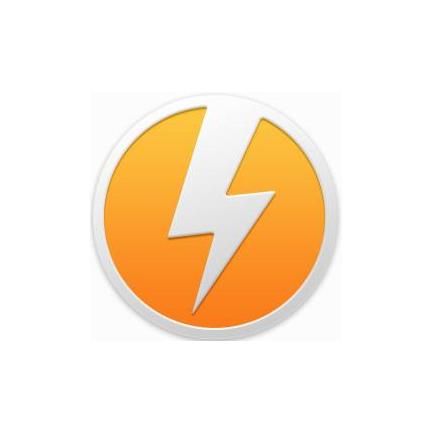
售后无忧
立即购买>- DAEMON Tools Ultra 5【序列号终身授权 + 中文版 + Win】
-
¥198.00
office旗舰店
-
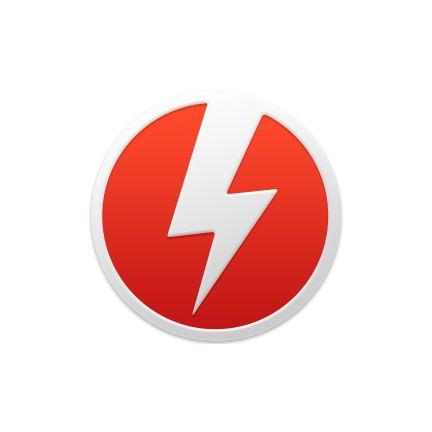
售后无忧
立即购买>- DAEMON Tools Pro 8【序列号终身授权 + 中文版 + Win】
-
¥189.00
office旗舰店
-

售后无忧
立即购买>- CorelDRAW X8 简体中文【标准版 + Win】
-
¥1788.00
office旗舰店
-
正版软件
- 无锡十大比特币交易所:安全便捷的选择
- 无锡是比特币交易的热点地区,拥有十大交易所。无锡的比特币交易所如比特币中国、火币网、币安等,为市民提供安全、便捷的数字货币交易服务,满足不同用户需求。
- 6分钟前 0
-
 正版软件
正版软件
- 2025年十大数字货币交易所推荐
- 2025年十大数字虚拟货币交易所推荐为Binance、OKX、火币、抹茶、Coinbase、Kraken、Gate.io、Bybit、FTX和BitMEX,这些平台因其卓越的服务和多样化的功能在市场中备受推崇。选择交易所时需考虑可靠性、安全性、交易费用、支持的货币种类、用户界面和客户支持等因素。
- 12分钟前 0
-
 正版软件
正版软件
- 十大靠谱炒币平台:安全好用推荐
- 炒币交易平台的选择至关重要,我们推荐的十大炒币交易平台因其稳定服务、严密安全措施、丰富币种选择、便捷交易体验及优质客户支持而备受推崇。
- 18分钟前 0
-
 正版软件
正版软件
- doge币怎么提到tp钱包
- 要将DOGE提现到TrustWallet,需要执行以下步骤:创建TrustWallet账户并获取DOGE钱包地址。登陆交易所账户并使用你的钱包地址提款。完成安全验证并等待提款确认。交易确认后,你的DOGE将自动转入你的TrustWallet钱包中。
- 19分钟前 0
-
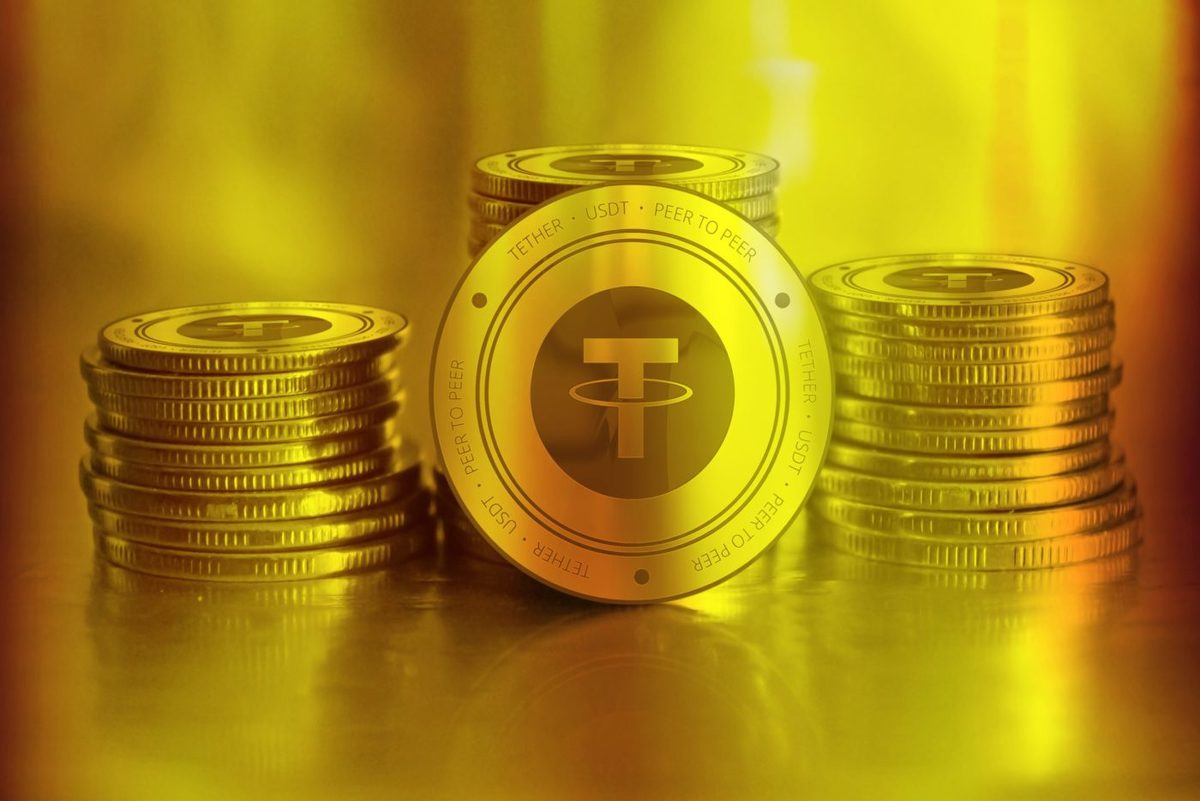 正版软件
正版软件
- USDT投资指南:稳定币的优势与风险
- USDT币是一种与美元挂钩的稳定币,由Tether公司发行,旨在减少加密货币交易的波动性。USDT币值得投资,因为其稳定性、流动性和实用性,但需注意中心化、稳定性问题和监管风险。截至2024年7月29日,USDT报价为0.9998965245585美元,价格略有下跌。
- 24分钟前 0
最新发布
-
 1
1
- 阿里追捧的中台,“热度”退了?
- 1977天前
-
 2
2
- Overture设置踏板标记的方法
- 1814天前
-
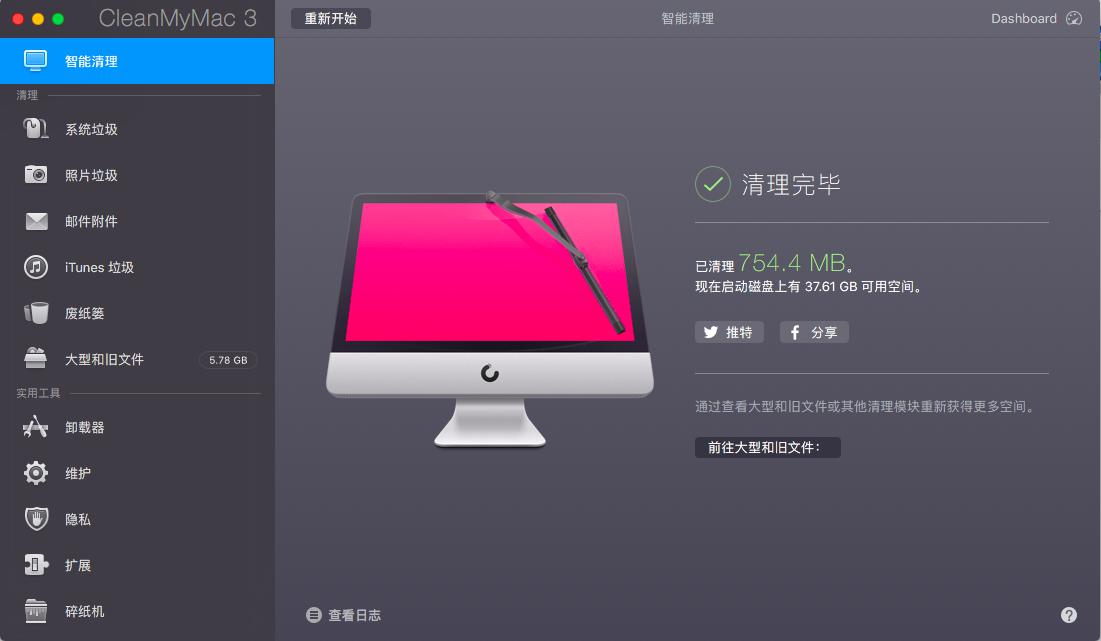 3
3
- 思杰马克丁取得CleanMyMac中国区独家发行授权
- 1804天前
-
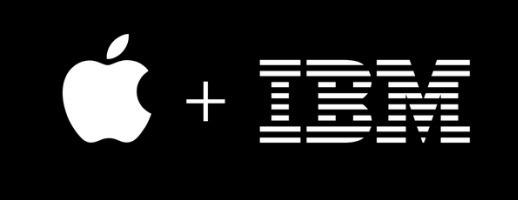 4
4
- IBM:20万台Mac让公司职工在工作中更快乐 更多产
- 2002天前
-
 5
5
- 报道称微软一直在悄然游说反对“维修权”立法!
- 1968天前
-
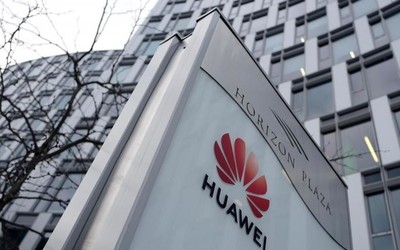 6
6
- 美国怀疑华为窃取商业机密 华为:身正不怕影子斜
- 1964天前
-
 7
7
- 三星被曝正与联发科接洽 A系列手机有望搭载其5G芯片
- 1979天前
-
 8
8
- 环球墨非完成千万级融资 联合企业集团投资
- 2000天前
-
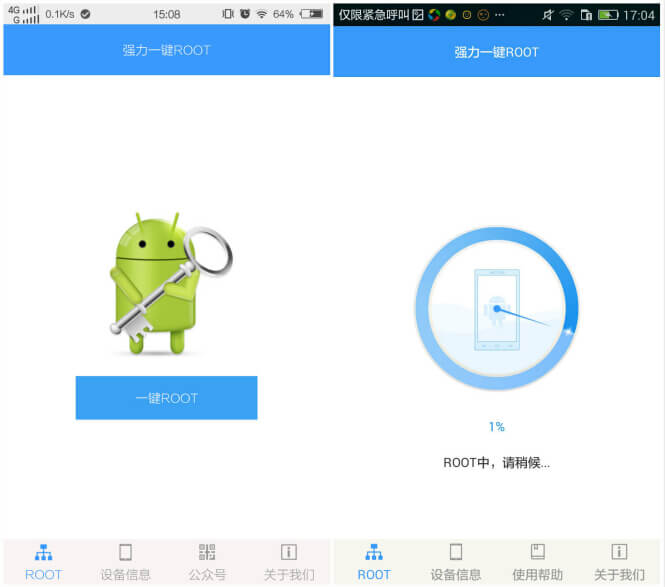 9
9
相关推荐
热门关注
-
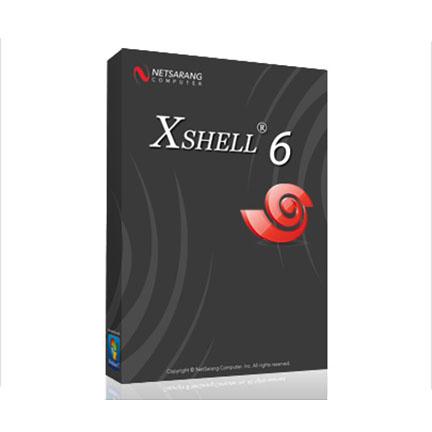
- Xshell 6 简体中文
- ¥899.00-¥1149.00
-
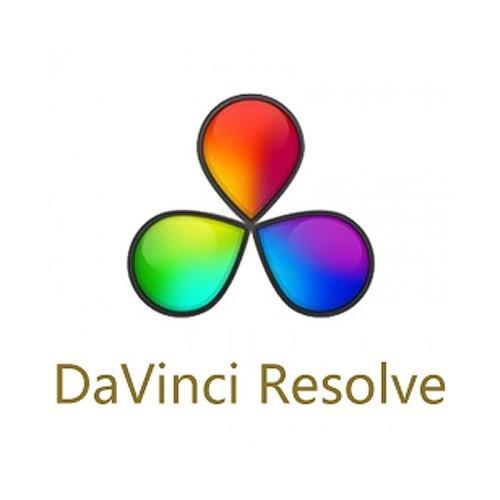
- DaVinci Resolve Studio 16 简体中文
- ¥2550.00-¥2550.00
-

- Camtasia 2019 简体中文
- ¥689.00-¥689.00
-
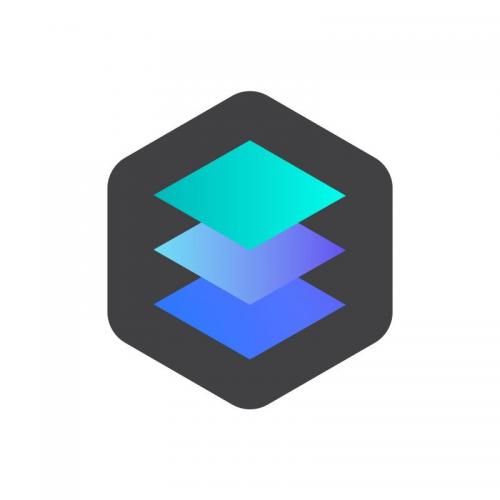
- Luminar 3 简体中文
- ¥288.00-¥288.00
-
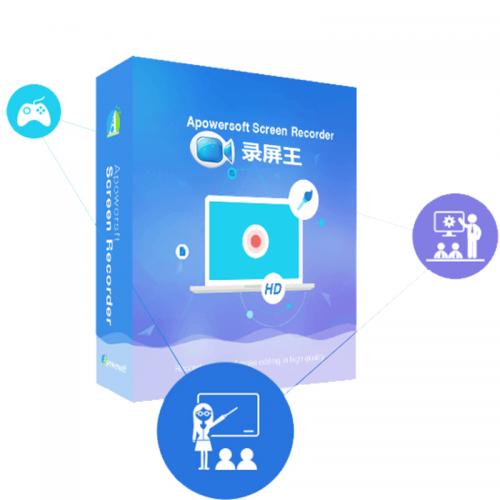
- Apowersoft 录屏王 简体中文
- ¥129.00-¥339.00